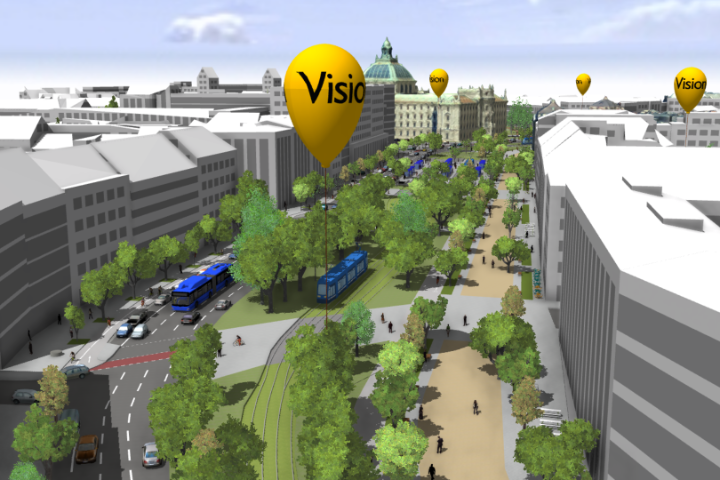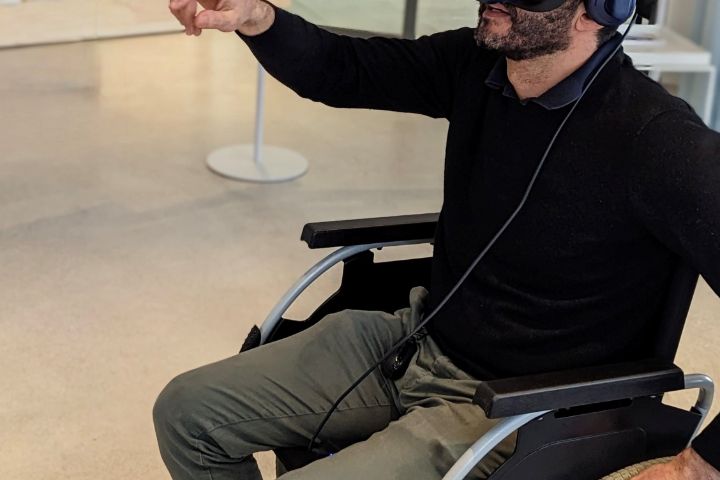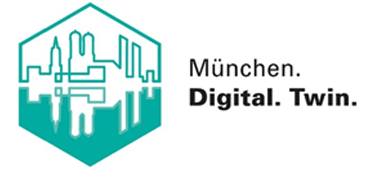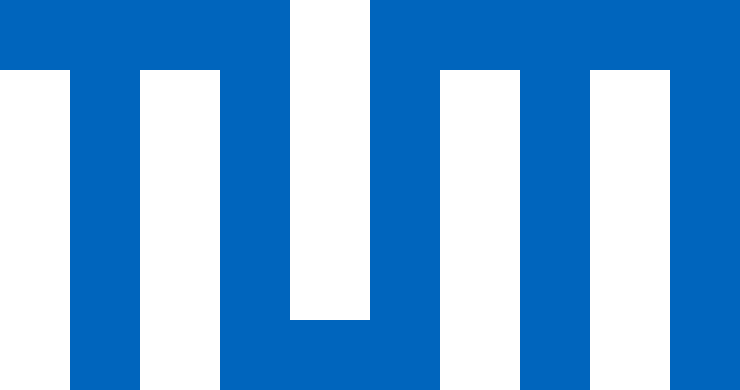3D Visualization and standardized Representation of the Lane-Model
Result of the project Digital Twin Munich as part of the funding guideline "Digitalization of Municipal Transport Systems" by the Federal Ministry of Transport and Digital Infrastructure.
















